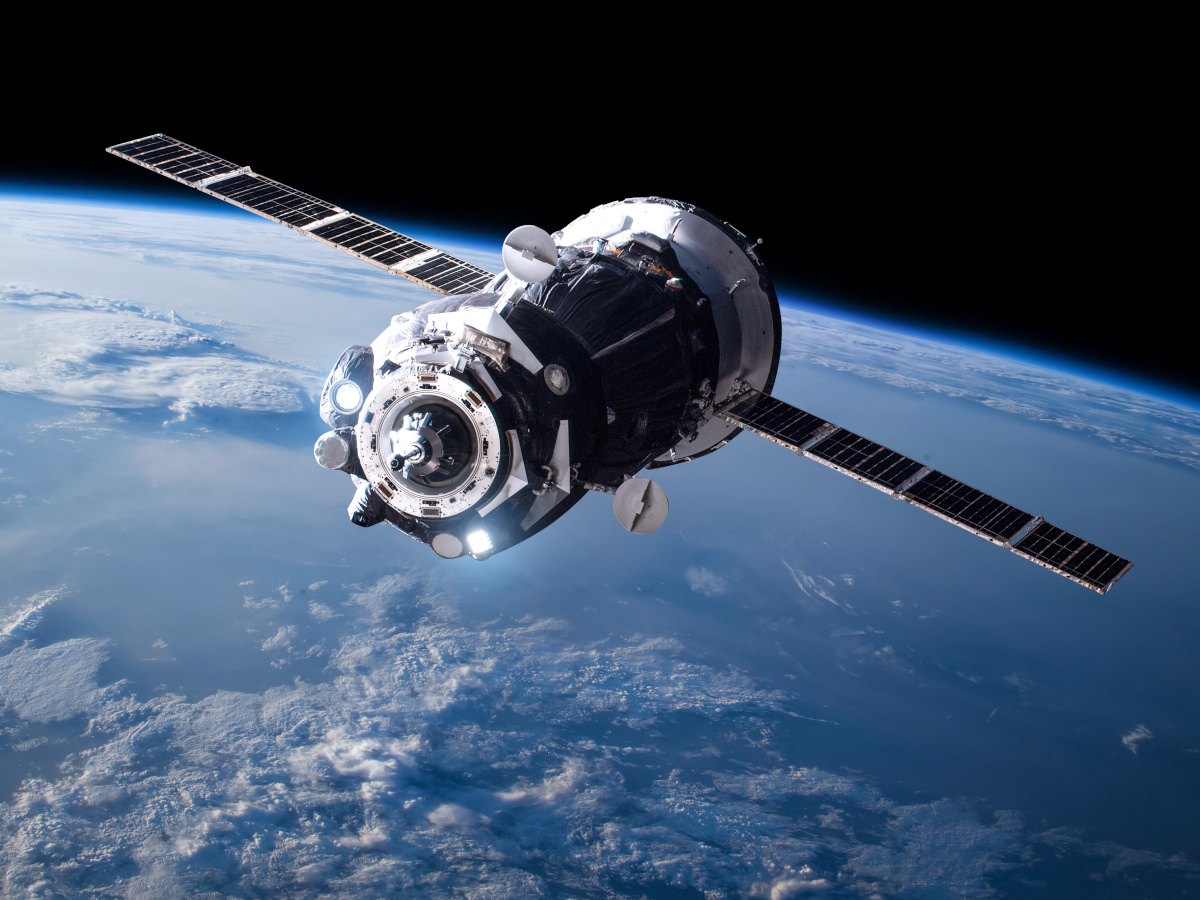In a recent test, NASA utilised an AI payload developed by Ubotica to show that the tech can help orbiting spacecraft provide better data.
Airbus’ latest generation (Constellation Optique 3D) CO3D satellites are set to launch today (25 July) aboard the Arianespace Vega-C rocket from French Guiana. The project is a high-profile collaboration between Airbus and the French Space Agency (CNES).
A navigation system created by Dublin-based space-tech manufacturer Innalabs has been fit on the satellite. The ARIETIS-NS system provides radiation-tolerant, high-precision inertial navigation, supporting the satellites’ critical attitude control and mission stability functions.
According to the start-up, its gyroscope unit is small in size, weight and the power it needs to run, and it operates with “extremely low noise” to avoid interference with telecoms and observation systems.
Designed and built by Airbus, the four CO3D dual-use satellites will deliver a global high-resolution Digital Surface Model service to CNES. It will also, the satellites will strengthen Airbus’ solutions of optical and radar satellites. The spacecrafts are set to operate for eight years, in pairs orbiting on opposite sides of the Earth.
“Being part of this project marks a proud milestone for Innalabs and for Irish engineering in space,” said John O’Leary, the CEO of Innalabs.
“We are honoured to contribute to this cutting-edge programme that is setting new standards in satellite performance and innovation.”
Last year, the Blanchardstown start-up’s navigation unit made its way with the European Space Agency (ESA) in a planetary defence mission, called Hera, to investigate the Didymos binary asteroid system.
While earlier this May, Innalabs secured its second contract to advance Earth’s planetary defence through ESA’s Ramses mission.
Ubotica’s AI upgrades NASA satellite
In a test earlier this month, NASA utilised an artificial-intelligence payload developed by Irish space-tech firm Ubotica, to show that the tech can help orbiting spacecraft provide more targeted and valuable data, faster.
The payload runs on Ubotica’s Space:AI platform, a commercially available space-capable processor. The test was conducted on CogniSAT-6, a CubeSat designed, built and operated by Open Cosmos.
The AI-run technology enabled an Earth-observing satellite, for the first time, to look ahead along its orbital path, rapidly process and analyse imagery with onboard AI and determine where to point an instrument.
The whole process took less than 90 seconds, without any human involvement, said NASA.
The concept is called Dynamic Targeting and the collaborators want to showcase its potential to enable orbiters to improve ground imaging by avoiding clouds, as well as hunt for specific, short-lived phenomena such as wildfires, volcanic eruptions and rare storms.
A paper on Dynamic Targeting was presented by NASA and Ubotica late last year at the International Symposium on Artificial Intelligence, Robotics and Automation for Space, in Brisbane, Australia.
“The idea is to make the spacecraft act more like a human. Instead of just seeing data, it’s thinking about what the data shows and how to respond,” explained Steve Chien, a technical fellow in AI at NASA’s Jet Propulsion Laboratory (JPL) and principal investigator for the Dynamic Targeting project.
“When a human sees a picture of trees burning, they understand it may indicate a forest fire, not just a collection of red and orange pixels. “We’re trying to make the spacecraft have the ability to say, ‘That’s a fire,’ and then focus its sensors on the fire.”
Ubotica CEO, Fintan Buckley, sees this as a shift from photographing everything, to photographing what matters.
“If you can be smart about what you’re taking pictures of, then you only image the ground and skip the clouds. That way, you’re not storing, processing, and downloading all this imagery researchers really can’t use,” said Ben Smith from JPL, an associate with NASA’s Earth Science Technology Office, which funds the Dynamic Targeting work.
With the cloud-avoidance capability now proven, the next test will be hunting for storms and severe weather. While another test will be to search for thermal anomalies like wildfires and volcanic eruptions.
Don’t miss out on the knowledge you need to succeed. Sign up for the Daily Brief, Silicon Republic’s digest of need-to-know sci-tech news.
